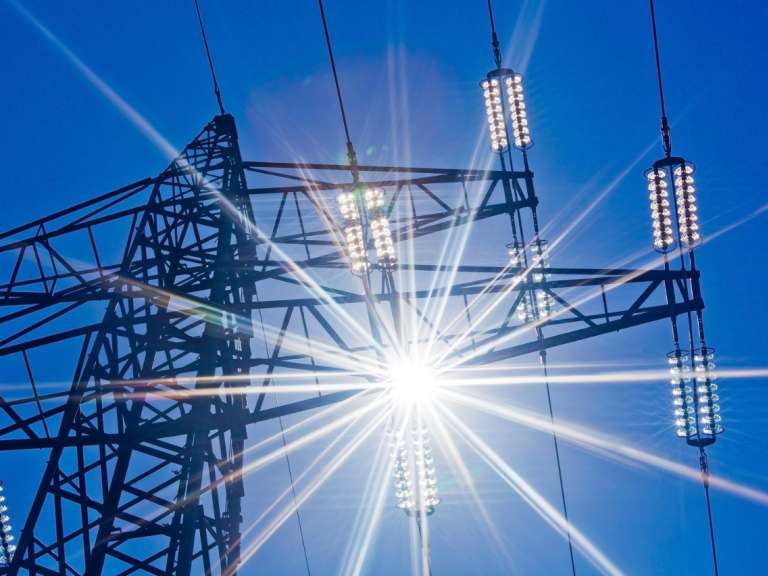Energy Demand Forecasting in a Rapidly Changing Landscape
Penny HitchinMatching electricity supply and demand is one of the vital roles played by system operators, but changing conditions are forcing them to adapt to a shifting grid.

As electricity cannot currently be stored in large amounts, supply and demand must always be matched or balanced by system operators. Accurate energy demand forecasting plays a key role in this.
The liberalization of the electricity industry and introduction of competition in recent decades has introduced wholesale electricity markets where suppliers, generators, traders and customers buy and sell energy. Electricity retailers, investment banks
Wholesale prices are highly sensitive to available production and transmission capabilities. Forecasting energy demand is a key skill for organizations involved in the business. Long-term energy demand forecasting (five to 20 years) is needed for resource management and development investments. Mid-term forecasting (one month to five years) is used in planning power production resources and tariffs, while short-term forecasting (up to a week ahead) is mostly used for scheduling and analyzing the distribution network.
For power plants operating in competitive regions, accurate prediction of plant capacity and fuel consumption under conditions for the days ahead is essential. Where priority dispatch is given to renewables, fossil fuel generators have to be flexible. Forward bids for gas-powered generation consider the likely future demand and availability of renewable energy. This predictive work enables operators to look at the cost of stop-go generation and determine how many start-ups they want to make over the following weeks. This enables them to decide how best to operate. For example, it helps them determine whether to have a low load parking position
Electricity consumption is affected by a range of factors: Weather, price, and economics all notably affect demand. Predicting demand also requires an understanding of consumer behavior: "Electricity demand typically rises sharply after major events or following the climax of a popular TV program when a large number of viewers collectively return to everyday business, including power-consuming habits such as switching on lights, computers—or kettles," according to the Chicago Tribune. In Britain, National Grid prepared for a 1.2 GW surge in demand as the country stayed up to watch the results of the Brexit referendum come in overnight on June 23–24, 2016.
With the continued addition of renewable energy to networks, weather plays an increasingly significant role in supply as well as demand. The output from solar and wind power is governed by the weather. Energy from these technologies may be intermittent, but the existence of accurate regional and local weather forecasting techniques means that short-term outputs can be accurately predicted.
A range of sophisticated digital forecasting models
Iman Ghalehkhondabi, et al., consider
The system operator (SO) is responsible for managing the security of the power system in real time, coordinating the supply of and demand for electricity, and avoiding frequency fluctuations and interruptions of supply. As the amount of distributed and renewable energy fed into the grid increases, the work of the SO is becoming more complex — a trajectory that is set to continue.
System operators have been doing a lot of work to explore what changes are required for the greening of the grid by the introduction of distributed energy, smart meters
By 2030, half of
The way that networks operate is changing in a big way. The high-tech grid of the future needs resources that are able to ramp flexibly and start and stop multiple times per day, as dictated by real-time grid conditions. Going forward, smart grids will provide increased understanding of patterns of supply and demand. Continuing advances in forecasting technology systems will advance network and system operators' ability to match demand with supply in the most efficient, economic and sustainable manner.
In order to not be left behind, plant operators must track these patterns of supply and demand in their region, and evaluate the current state of their equipment and its capacity to handle this new regimen. Factors to weigh when deciding what units to cycle more frequently include age, system requirements, fuel and production cost variations, and potential new maintenance costs. According to Power Engineering magazine, utilities can guard against the increased possibility of equipment failure and decreased plant life resulting from more frequent ramping by: adding equipment, such as systems that bypass steam to the condenser or improved control systems; or implementing new procedures, such as additional monitoring and inspections or more water treatment and analysis.
Will the responsibility of intermittent energy source balancing fall primarily on batteries and energy storage, or can digitized thermal power plants take on some of the task?
The future holds the promise of smart cities and power plants that utilize interconnected, decentralized networks to provide more efficient and sustainable public services.
Natural gas is considered the transition fuel to a decarbonized future, but renewable gas—mainly hydrogen—is gaining attention as the way to reach 100 percent renewable energy.